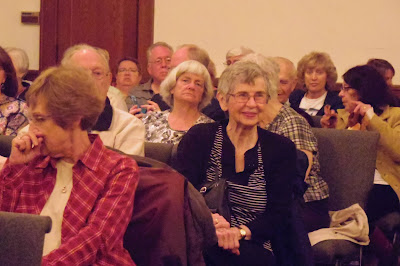| Franklin Delano Roosevelt told the story of the United States from 1933 to 1945. He told the story with words and with song. It was a fascinating glimpse into life during a difficult period of history: the Great Depression and World War II. It was living history and, because it was told and sung, it was oral history.
The song, “Brother, Can You Spare a Dime,” portrayed the despair that was widespread during the early days of the depression, when people had lost their life savings and had become destitute, hungry, and even homeless.
“…Once I built a railroad, I made it run, made it race against time. Once I built a railroad, now it’s done. Brother, can you spare a dime?
“Once I built a tower up to the sun
Brick and rivet and lime.
Once I built a tower to the sun,
Brother, can you spare a dime…”
Life was difficult. My mother told me that she remembered her family being evicted from apartments in New York City. She was cold and hungry. One time, there was just one onion left in the kitchen to feed a family of four.
The dust bowl in Oklahoma caused many to have to leave their homes and travel west to California, where they were not always welcomed. Millions were unemployed. Many were homeless and hungry, living in Hoovervilles (outdoors with virtually no protection from inclement weather. They felt despair, anger, and hopelessness. “It was not a pretty picture,” President Roosevelt said.
President Roosevelt offered Americans a new deal and new hope. When he was inaugurated on a cold day in 1933, he said, “This great nation will endure, survive, and prosper. The only thing that we have to fear is fear itself.” He spoke of the host of unemployed citizens who faced a grim prospect of existence. He said that our problems are not unsolvable. The nation can put people to work. |



